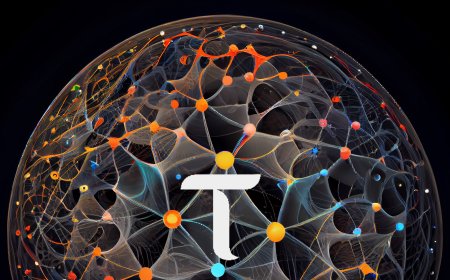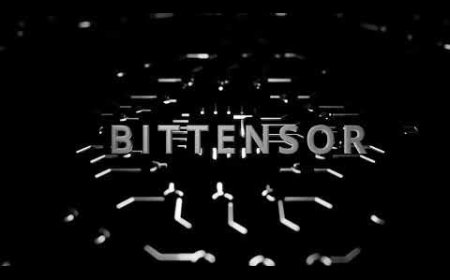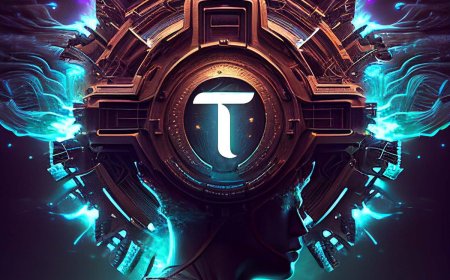BitTensor's Open AI Revolution: Democratizing Access to Advanced Intelligence Models
Artificial Intelligence (AI) has been progressing at an unprecedented pace, with new models and technologies emerging regularly. However, access to these advancements is often limited to a select group of individuals and companies. This exclusivity has become a growing concern, especially as technologies from companies like Anthropic and OpenAI become increasingly crucial in many industries.
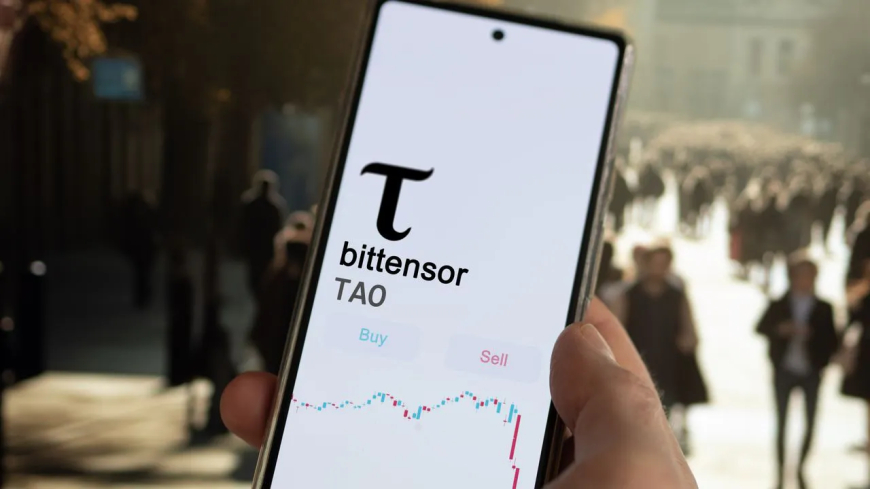
BitTensor, a cutting-edge AI platform, seeks to break down these barriers by building an open intelligence network that allows broader access to powerful AI technologies. This article delves into BitTensor’s mission, its role in decentralizing AI, and how it is revolutionizing the landscape of artificial intelligence.
The Rise of AI and the Problem of Exclusivity
Anthropic, OpenAI, and Google have all made significant strides in AI innovation, releasing models with unprecedented capabilities. For instance, Anthropic’s recent launch of its 100K context window model for data analysis is an impressive leap forward. However, these technologies are often available only to an inside group, typically companies or individuals with the right connections. OpenAI, for example, has been criticized for limiting access to its models and plugins to those funded by Y Combinator, a Silicon Valley accelerator program. This selective access is creating a division between those who can leverage cutting-edge AI and those who cannot.
This exclusivity has even led to lawsuits, as OpenAI was recently sued in San Francisco for restricting access to their models. For those on the outside, it often feels like these limitations are framed as "ethical or safety concerns" but are, in reality, efforts to control who benefits from these technologies. These constraints present a challenge for developers, entrepreneurs, and businesses eager to access AI’s transformative power but who are not part of the privileged few.
BitTensor’s Vision for Open AI Access
BitTensor saw this issue coming long ago, predicting that the distribution of intelligence would become a significant social issue in the 21st century. What sets BitTensor apart from its competitors is its commitment to democratizing AI access. Rather than limiting its technology to an exclusive group, BitTensor is working to build a decentralized AI network where access is open to all, not just the elite.
At the heart of this mission is BT.prompt, which is currently one of the most accessible state-of-the-art language models in the world. Although it hasn't yet been widely marketed, it represents BitTensor’s first major step toward making advanced AI tools available to the broader public. BitTensor’s model is unique because validators on its network have the power to grant access, ensuring a decentralized system that does not rely on corporate gatekeeping. Users don’t need to apply or get approval from a centralized entity; they can simply access the network.
Scaling AI Access Through Open Infrastructure
BitTensor’s network is expanding rapidly, focusing on scaling its inference capabilities to meet the growing demand for open AI models. One of the most exciting developments is the introduction of Python integration, which simplifies the process for developers to plug into the network. BitTensor is also expanding its infrastructure to allow for curl commands from languages like JavaScript, making it easier for developers across various platforms to access and build on the network.
Next week, BitTensor will introduce broadcast queries, allowing users to query all 512 miners on the network simultaneously. This maximizes diversity and access to AI intelligence, offering a level of output that other platforms cannot match. The rich data produced by these queries can also be used to train other machine learning models, offering a valuable source of information that enhances the learning and development process.
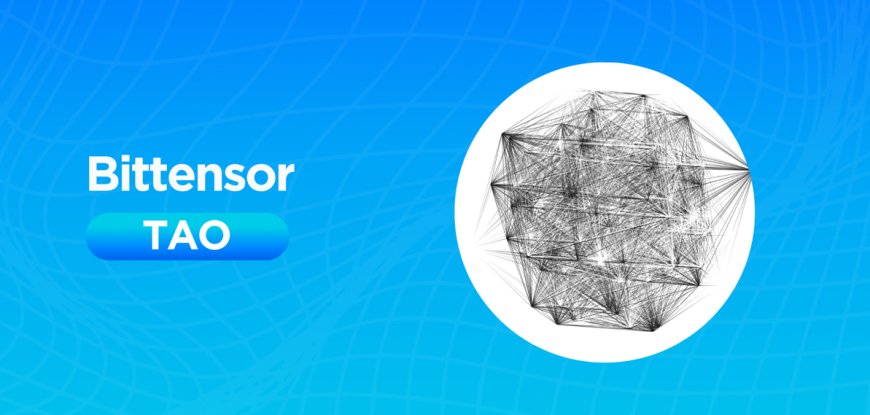
Addressing the Cost Barrier of Scaling AI
One of the challenges with scaling AI is the cost associated with running large machine learning models. These costs are particularly high for models with huge token sequence lengths, which require expensive computational resources. Companies like OpenAI and Anthropic operate on a Y Combinator model of hypergrowth, where they run at a loss now with the expectation of raising prices later, similar to companies like Uber and Airbnb.
BitTensor aims to address this issue by scaling its network in a way that remains accessible to a wider range of users. As the network grows, it will support an increasing number of modalities, including text-to-embedding, text-to-image, and speech-related processes. This scaling will be achieved by expanding the number of unique user IDs (UIDs), reducing registration costs, and unlocking more potential in the multimodal ecosystem. By doing so, BitTensor will enable seamless interaction between different types of data, making AI more versatile and usable for a broader audience.
Decentralization and Democratization
BitTensor is not just about providing open access to AI technologies; it is also about decentralization. The network is designed to be governed by its users, particularly TAO holders, who will have a say in the network's development. This decentralization process is already underway, with emissions being manipulated on subnets and chain upgrades being enabled. As part of this transition, a pseudo-Council will likely guide the network, moving it towards a liquid representational democracy where delegates voted in by the community will have control over key system decisions.
BitTensor’s decentralized approach ensures that no single entity has control over the network. While the foundation may retain some control initially, the goal is to hand over control to the community as the system matures. This shift toward decentralization is critical for maintaining the integrity and openness of the network as it continues to grow.
The Future of BitTensor: Expanding Modalities and Developer Engagement
As BitTensor expands beyond just text prompts, the network is set to grow into new modalities, including text-to-embedding, text-to-image, and speech-related processes. This expansion will require further scaling of the network’s infrastructure, but it will also unlock new possibilities for developers and businesses looking to leverage AI in innovative ways.
Collaboration with companies like Cerebrus aims to produce a foundational model that miners can fine-tune, offering a base for recursive prompting networks. BitTensor is actively building an API and validator system to make it easier for developers to participate, providing them with access to cutting-edge AI models. This effort will attract more Web 2.0 developers and businesses, driving innovation on the network.
In the near future, BitTensor will continue to improve its API and expand its documentation, making it easier for developers to build on the network. Smart contracts and additional subnets are also on the horizon, with bounty programs designed to incentivize development and drive further engagement from the community.
Conclusion: A Future of Open AI
BitTensor is leading the charge toward a more open and accessible AI ecosystem. By decentralizing access to powerful AI models and building an open intelligence network, BitTensor is breaking down the barriers that have kept advanced technologies out of the hands of the general public. As the network continues to grow and evolve, it will offer developers, businesses, and everyday users unprecedented access to the tools they need to succeed in an AI-driven world.
With its focus on open access, scalability, and decentralization, BitTensor is set to revolutionize the way we think about and interact with AI, paving the way for a more inclusive and democratized future in artificial intelligence.
Source : @The Bittensor Hub.

